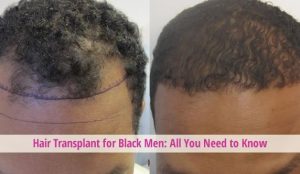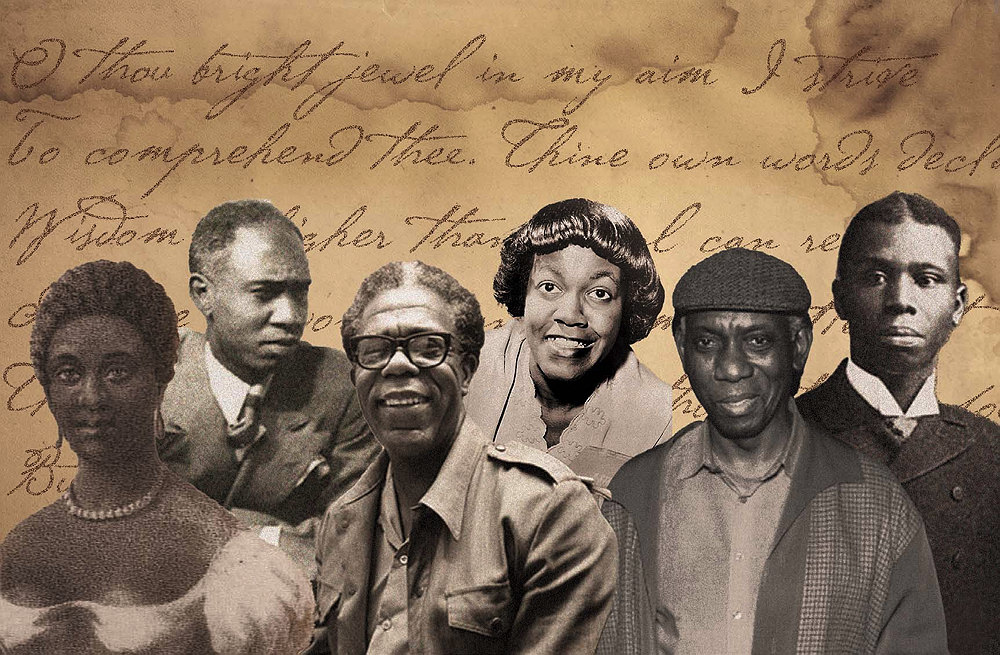(ThyBlackMan.com) Trying out different approaches in combating hair loss and finding no results can be frustrating. One of the solutions that promises permanent results is hair transplant surgery. One procedure called follicular unit extraction or FUE is when the back of scalp is shaved so the doctor can take hair follicles one by one. These hair units will then be gently transplanted into small holes in the graft area that the doctor has made.
Jumping into hair transplant surgery is a huge decision for people who are longing to solve their hair loss problem and restore their crowning glory. If you are interested in this solution, you may head on over to Vera Clinic to book a consultation online. Although it sounds like a big operation, the procedure is usually painless, classified as minimally invasive, poses low risk and proceeds without complications.
Minimize the surprises in the recovery process by knowing what to expect after having FUE surgery:
Right After Surgery
Dealing with hair loss can be tough but right after having an FUE transplant, you will immediately notice the shape of your new hairline, which contains the new follicles that were implanted by the surgeon. It may not be visually appealing as of this moment because of the scabbing around the follicles. Since the incisions are small, 1 millimeter or less, the scabs will take a short time to heal.
The doctor will take hair follicles from a donor site on your head and expect to experience some swelling on this site. The swelling is temporary and will resolve in a few days. You may also experience temporary numbness on this site, which can last up to a few months. It is possible to feel minor soreness or tenderness at the site where the grafts were implanted. This swelling will go away without further medication after a few days.
The surgeon will tell you about the best ways to take care of your newly transplanted hair so that you will fully enjoy its results. Here are some things you might be asked to do:
- Elevate your head while sleeping during the first five to seven days to minimize swelling.
- Follow showering procedure recommended by the doctor during the first week.
- Avoid exercise routines during the first week.
- Avoid scratching the transplanted area for the first week.
- Avoid sun exposure as it may damage transplanted hair.
If these recommendations are followed correctly, you will be able to return to a normal daily routine after a week. Thus, it is recommended to take a week off work. After such time, you will also be able to resume your daily exercise regime.
From 2nd to 4th Week
During the second week after the procedure, the hair follicles begin losing their hair shafts and enter a resting phase. You will notice pimple-like lesions on the donor site, which are called folliculitis. They are like regular pimples that generally go away without medication. Here are the things you should do during this time.
- Do not panic if you see transplanted hair shedding; continue washing your hair as usual.
- By this time, you can cut, dye or style your hair as desired.
- Avoid sun exposure that can result in altered pigmentation on the donor area.
- Watch out for inflamed follicles as you may need professional help in draining these.
By 2nd to 6th Month
By this time, the newly transplanted hair starts growing out as thin and fine, which becomes thicker in the coming months. Others experience thinning of their existing hair usually referred to as shock loss.
Take note of these things:
- Continue taking the recommended medication to minimize or avoid shock loss.
- Regularly wash your scalp and hair as recommended.
- You should still avoid sun exposure of the transplanted hair.
The newly transplanted hair becomes more visible as they grow thicker and longer. This is expected to happen at around four months after surgery. By the sixth month following surgery, most patients have seen that their newly transplanted hairs have already grown.
By this time, your head is back to normal, but you should still avoid prolonged sun exposure. If you do need to go outside, ensure that you wear head protection like a ball cap. You can also wear sunblock on your scalp with at least SPF 30 to provide sufficient sun protection.
By 6th to 18th Month
The average hair growth is at 1 cm or roughly 0.4 inch per month so the transplanted hair should have grown longer by now. You have the liberty to style your hair any way you like. You will also see an improved texture of your hair from fine to thick to kinky and going back to normal as it grows.
You should expect to see the final results of your hair transplant procedure during the 12th month and onwards. By now, you can enjoy the full benefits of your new hair.
Final Thoughts
Choosing FUE hair transplant can provide an excellent solution to hair loss. It gives natural looking results with no complications and less downtime. Knowing what to expect and what to do after the surgery can provide proper information to maximize the results of the hair transplant surgery, which usually takes at least a year to show off.
Staff Writer; Gary Young




















This article give complete information about the FUE hair transplant from starting Surgery to hair growth. Thank you for sharing the blog.
Losing hair is a very horrible and disturbing experience for any man or woman. Hair loss can affect a person’s personality and self-confidence…